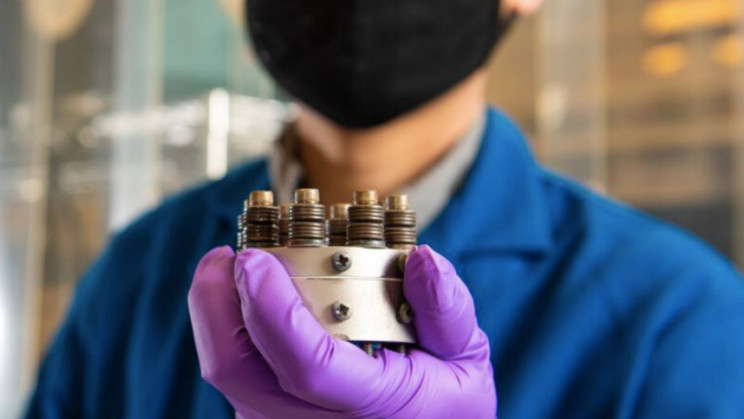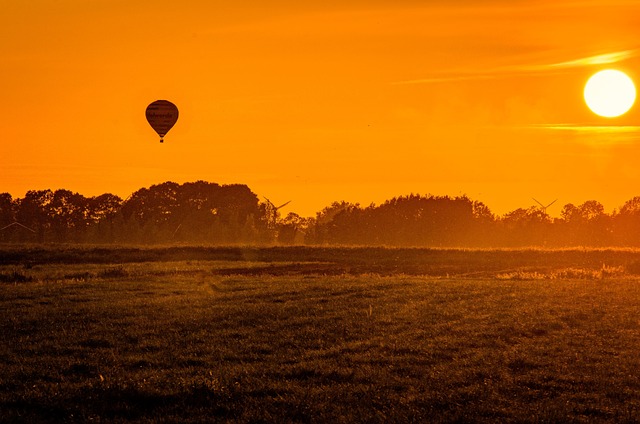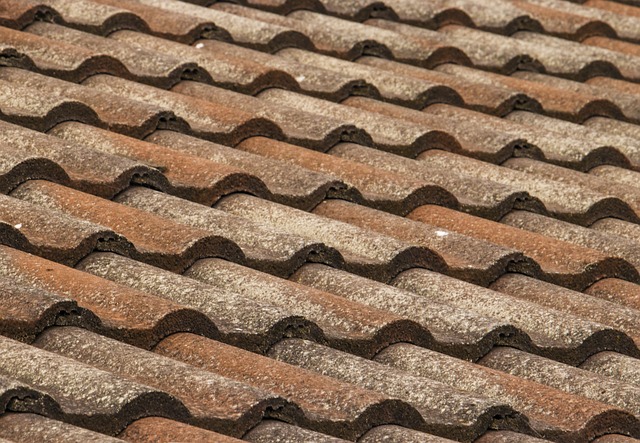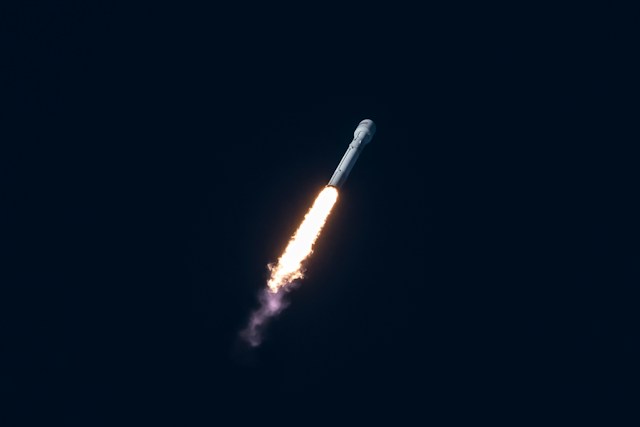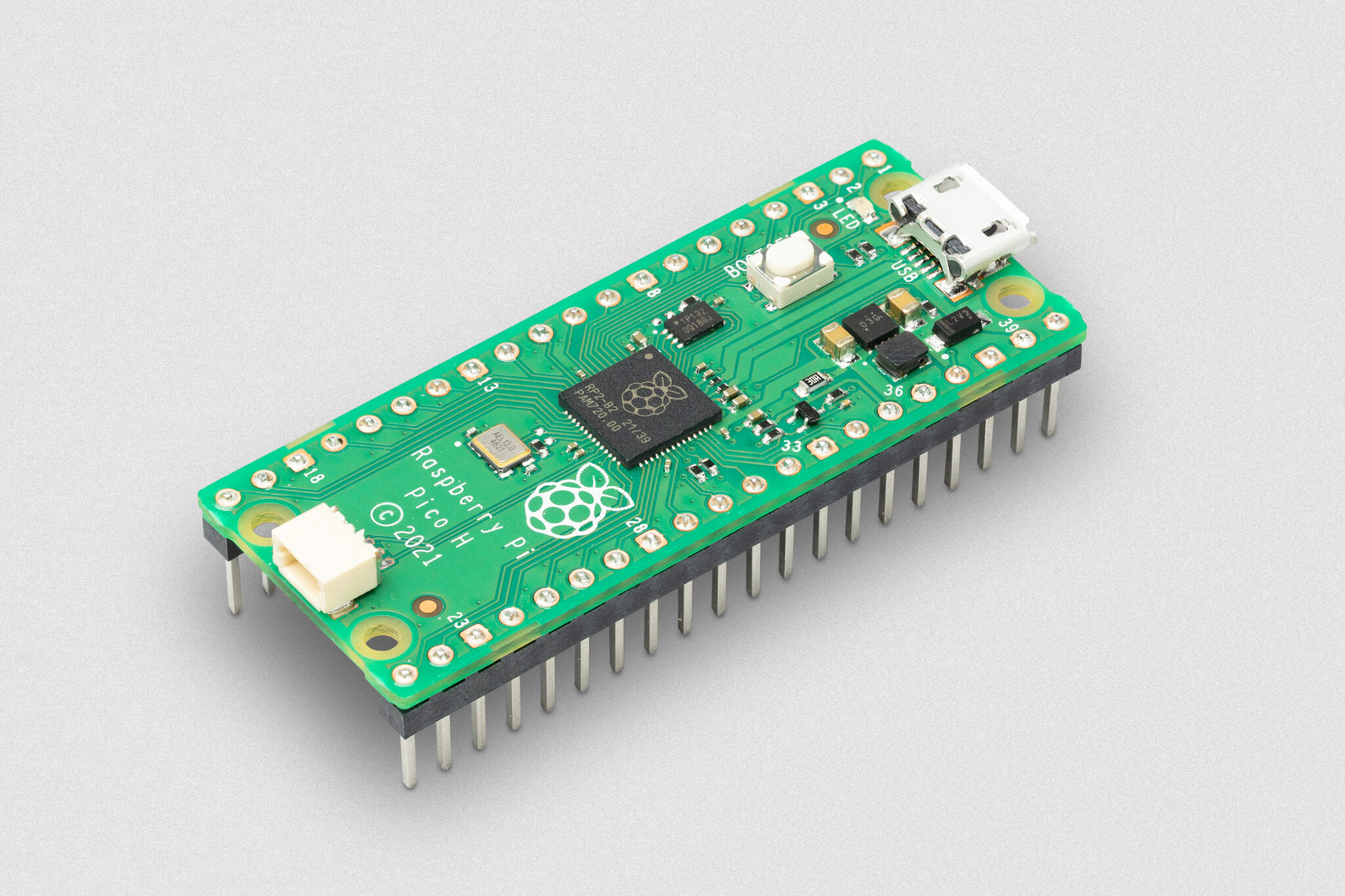US engineers have developed an ultra-white paint that pushes the limits of whiteness. This paint reflects 98.1 percent of the sunlight that hits its surface. As a result, coating this paint on a building could improve energy efficiency by reducing reliance on air conditioning.
XiulinRuan, a Purdue professor of mechanical engineering, said, “If you were to use this paint to cover a roof area of about 1,000 square feet (92 sq m), we estimate that you could get a cooling power of 10 kilowatts. That’s more powerful than the central air conditioners used by most houses,”
Paint makes your house cooler to curb CO2 emissions
Last year, this team developed the paint that reflects up to 95.5 percent of light. It was made of calcium carbonate, a compound commonly found in rocks and seashells.
But this new version achieved 98.1 percent and is much more effective. It is made up of a chemical compound called barium sulfate.
Mechanical engineer Xiangyu Li, said, “We looked at various commercial products, basically anything that’s white,”
“We found that using barium sulfate, you can theoretically make things really, really reflective, which means that they’re really, really white.”

An infrared camera shows how a sample of the whitest white paint (the dark purple square in the middle) actually cools the board below (Credit: Purdue University/Joseph Peoples)
For getting this formula, the Purdue University engineers considered over 100 different materials. So, they finally settled on an extremely high concentration of a chemical compound called barium sulfate. Barium sulphate is commonly used to make cosmetic whites and photo paper.
Joseph Peoples, a Purdue Ph.D. student, said, “A high concentration of particles that are also different sizes gives the paint the broadest spectral scattering, which contributes to the highest reflectance,”


